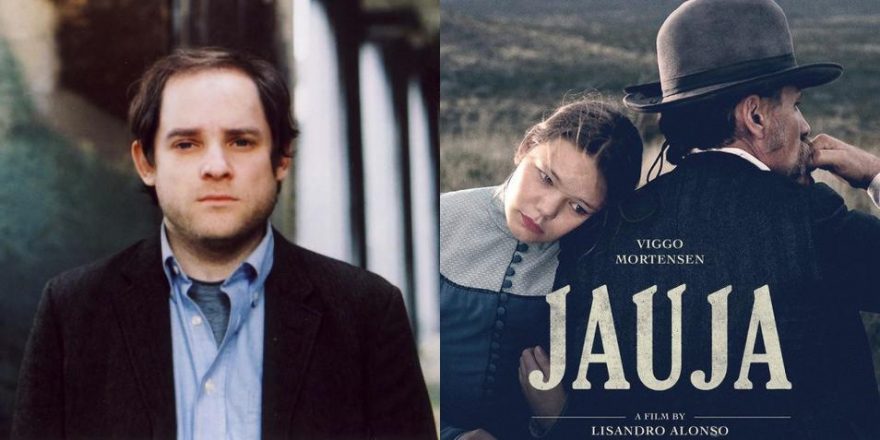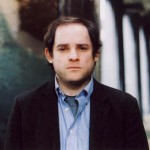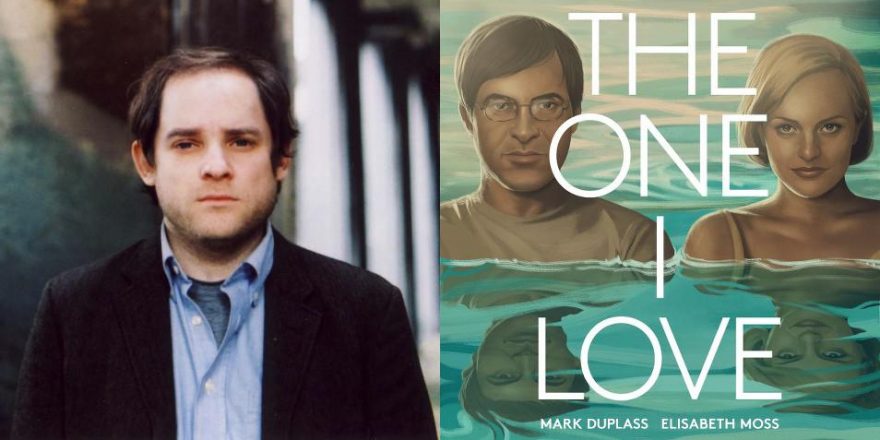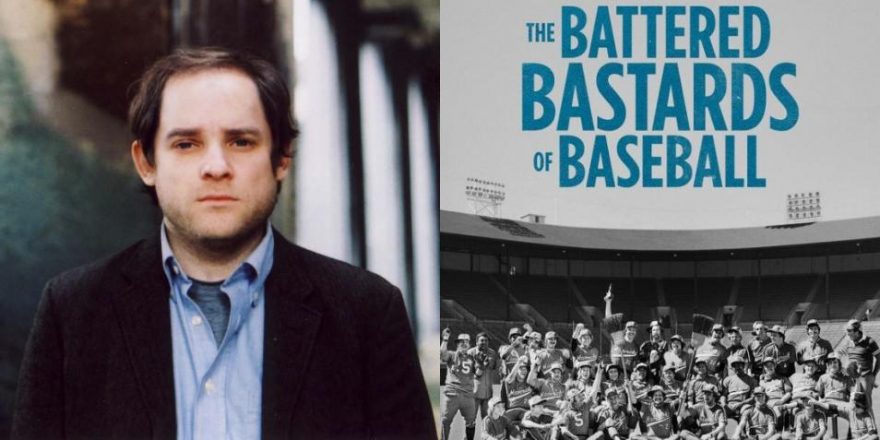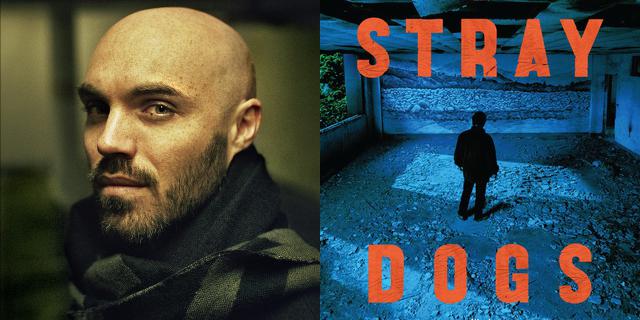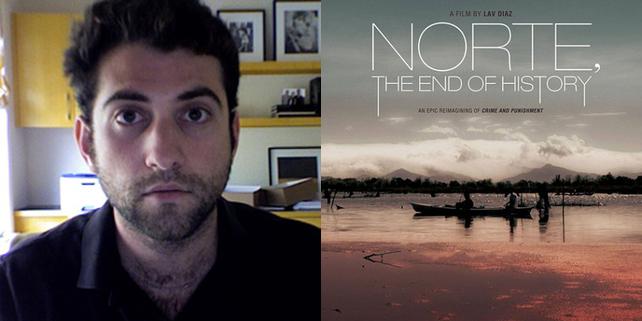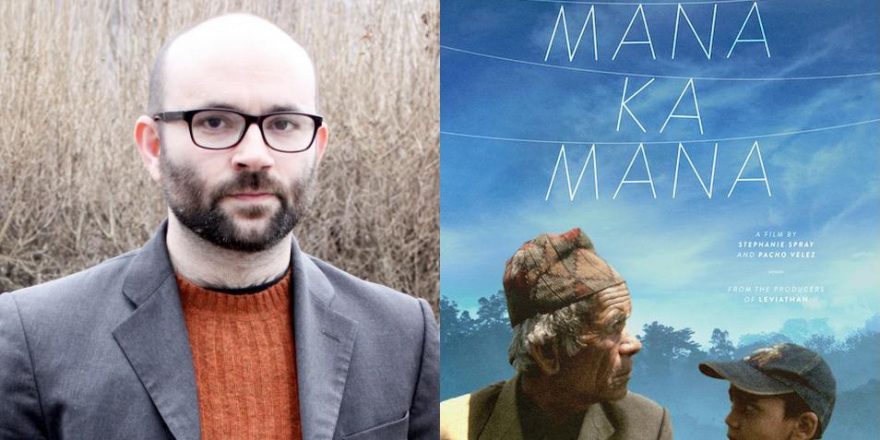In my early twenties, I liked filmmakers who made aggressively troubling movies. Even more, I liked filmmakers who made aggressively quiet movies. Regardless of the means, the end that I was interested in was what I fancied to be an unflinching examination of the impossibility of the human condition. The fact that part of what made me like these movies was a pride in my ability to sit through and understand them was something I might have been dimly aware of, but which I didn’t allow myself to consider fully. I still care about some of movies that I liked when I was 20, but it is with increasing skepticism that I view films that seem purposefully to antagonize the audience. As I watch, I wonder if, and to what degree, the antagonism might be a goal unto itself. The sort of pile-it-on awfulness that befalls good people in Lars von Trier’s work from the late ’90s and early 2000s no longer holds much interest for me. It feels like a stunt, perhaps even a defense against criticism, building in the response that if you don’t like it, it’s probably because you can’t handle it. Aggressively quiet movies have held up better for me, but I still have nagging questions about the intent of long scenes where we watch someone doing something ostensibly mundane in real time. It’s not that I now believe this approach to filmmaking can’t be interesting and sincerely engaging, it’s just that I now don’t believe it’s inherently interesting and sincerely engaging.
In contemplating my changing tastes, I remembered a theory I used to have. My theory was that filmmakers who made very quiet or sparsely plotted movies were burdened with a kind of guilt about it. Alternately, I wondered if a tacit bargain with the audience was implied; that if you sat though a movie that was challenging in terms of plot and duration, you should be rewarded with something of more traditional import at the end. As a result, so I hypothesized, the principles which drove the movie were often betrayed by “something happening” at the end. For example, I felt that for Jeanne Dielman, 23 quai du Commerce, 1080 Bruxelles to end in violence refuted the importance of watching somebody peel potatoes for 10 minutes. Understanding a woman’s life and seeing her peel potatoes should be, I felt, important on its own, not only in the context of a heightened event that has yet to occur. Similarly, I wished that Matt Damon and Casey Affleck would have just walked out of the desert at the end of Gerry. In thinking about this theory now, I find that the reason it worries me is not that I want to see how far the can-you-make-it-through brinksmanship will go, but that I want to take the scale of the movie at face value.
When I watched Jauja, Lisandro Alonso’s fascinating new film, I had both of these potentially conflicting thoughts in mind. In basic terms, the plot can be summed up succinctly. Gunnar Dinesen, a Danish captain played by a grizzled Viggo Mortensen, is working with the Argentine army on an engineering project in remote, late-19th century Patagonia. For some reason, he thinks that a lawless backcountry outpost will be a safe enough place for his 15-year-old daughter, Ingeborg (Viilbjørk Malling Agger), whom he has brought with him. This turns out to have been a bad idea and before long, Ingeborg runs away with a young soldier into the vast wilderness, the domain of a possibly mythical outlaw. Captain Dinesen spends the rest of the movie on what appears from the outset to be a doomed search for her. He is drawn deeper and deeper into untamed land, losing sight of hope and, eventually, even the point of what he’s doing.
On the one hand, the film is an adventure, more akin to Lonesome Dove than, say, Nostalghia. On the other, the film’s silence and pace anchor it distinctly in the tradition of Alonso’s other work, films such as Liverpool and Los Muertos. In one scene early on, set in an otherworldly intertidal zone, Dinesen wraps up his conversation with the commander of the Argentine forces and leaves the frame. In concrete storytelling terms, there is no additional information to be gleaned from this shot, but whereas most filmmakers would see this as high time to cut and move on, Alonso sees it as an opportunity. We linger, listening to the sounds of the ocean, the birds and the elephant seals. We see the Argentine commander thinking about the conversation he’s just had, not in closeup (there aren’t really any in this movie) but in an austerely framed medium wide. We are left to contemplate not just these two characters, and how they bounce off each other, not really understanding what the other wants or why he wants it, but also the world that surrounds them.
Later in the film, as desperation sets in, we watch Dinesen climb a miserable little hill. In relative closeup, we see him stumble on some rocks and proclaim this a “shit country,” before Alonso cuts out and holds on an extreme wide shot of the hill. In this shot, and in others throughout the film, humanity with all of its struggles and hopes and fears appears painfully insignificant, pointless even. The natural world doesn’t care how much anybody loves their daughter or how hard they try. The immovable elements remind us that in the end every human’s struggle must fail; it’s simply a matter of time. And yet Captain Dinesen carries on, demoralized, but blindly grasping onto the idea that he still might find his daughter or, failing that, just determined to keep moving to prove that he’s still alive.
All of this is enhanced by Alonso and director of photography Timo Salminen’s very specific camerawork. Visually, the first thing you notice about the movie is the Academy aspect ratio. After that, the extremely saturated colors and formal framing of the first shot compete for attention. When the camera moves it is often with straightforward, almost jerky pans. Disarmingly, it feels like we’re going through somebody’s old home movies on Super 8 reversal film, yet the intentionality of it could not be more clear. As the film continues, something about the formality of the shot compositions starts to feel unfamiliar. They don’t have much in common with Antonioni or Ozu, but rather bring to mind the grimly formal shots set up by 19th-century photographers. Though the visual approach has much in common with Alonso’s earlier films, here it feels honed, almost eerily appropriate, for the world it depicts.
About an hour and a half into the film, things start to get mystical and I started to get worried. Really worried. Here was a film that was reminding me of why I cared about a quiet, deliberate approach in the first place. The balance of adventurous spirit and contemplative pace was not only appropriate and engaging, but singular. And just when I was putting aside all of my cares in order to be swept up in whatever the end of the film had to offer, things had to get mystical. Great, I thought, here comes the part where the film is ruined and all the things I invested in are undermined by an obnoxiously heightened ending. Without getting into the details, which are best experienced for the first time when watching the film, the mysticism leads to even wilder territory. I’m not talking Jodorowsky-style spirit journeys and I’m really not talking visual flair, but still, in the context of Jauja, what happens requires a complete realigning of what I thought the scale of the movie was. At first I hated it, leaving the theater in a sour mood, but over time my feelings about it have grown more complicated. It feels somehow that the connections here are beyond our power to grasp. There are things that intuitively make sense, but their meaning, upon closer examination, is inscrutable. More than anything, the end of the film feels intensely personal, maybe inevitable, for Alonso.
From titles at the beginning of the film, we learn that Jauja is a fabled city of riches and happiness. We also learn that, like most fabled cities, all who have tried to reach it got lost on their way. The theme is not only apt for the characters, but perhaps also for the film itself. With time, I have grown to think that this is not an unfortunate downside. The path the film takes explores the prison of one man’s time and place, yet the invisible connections to future generations, future problems, future hopes and dreams, expands the film’s reach into a compelling and unsettling world of the unknowable.


